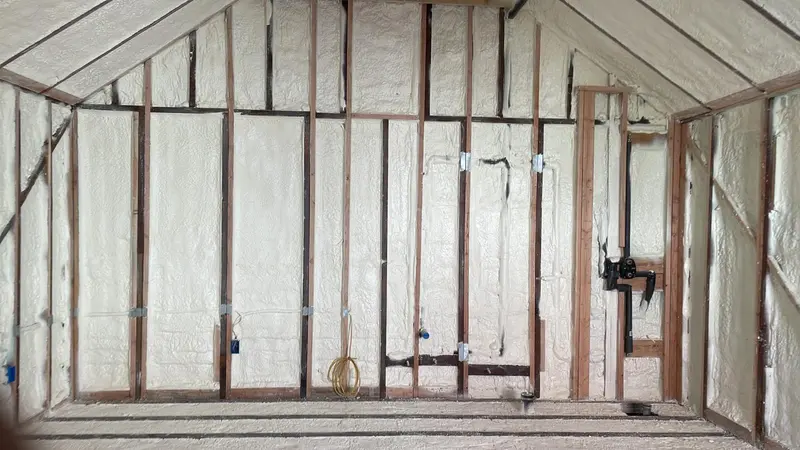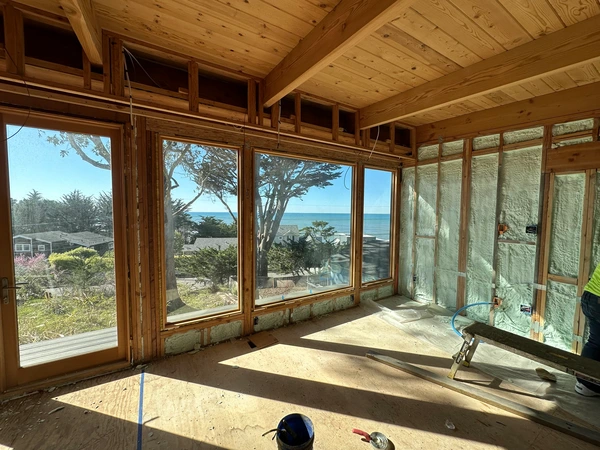404
Ooups, this page not found
We apologise for the inconvenience. Please try again later
Look at what other services we have!
USASPRAYME offers a huge range of services for insulation and waterproofing.

Polyurea Coating

We apologise for the inconvenience. Please try again later
USASPRAYME offers a huge range of services for insulation and waterproofing.

